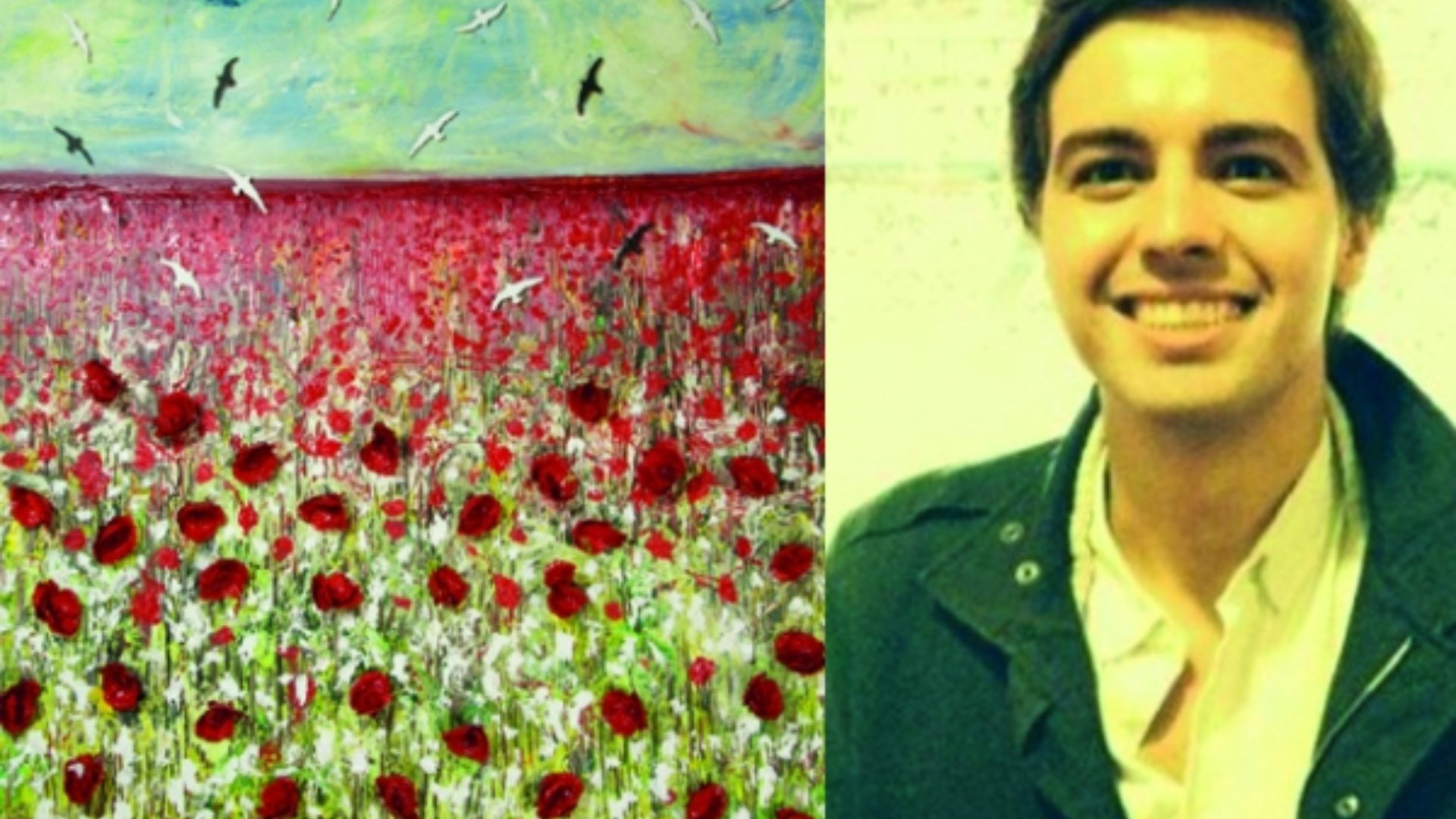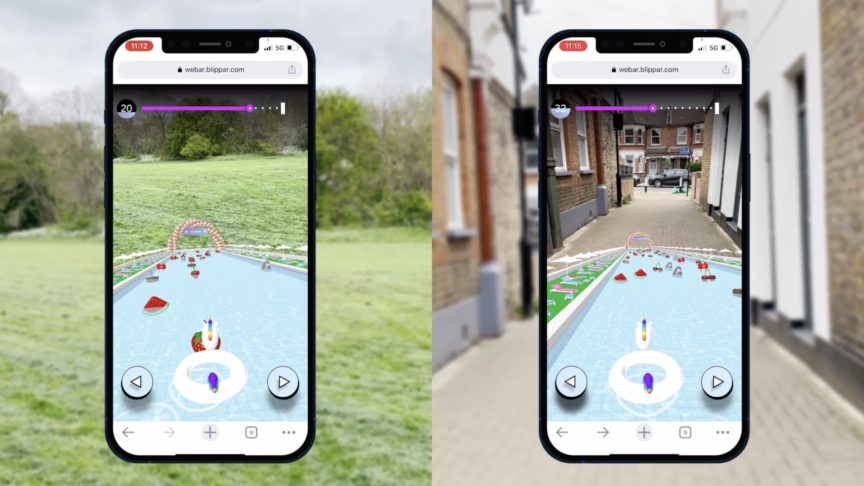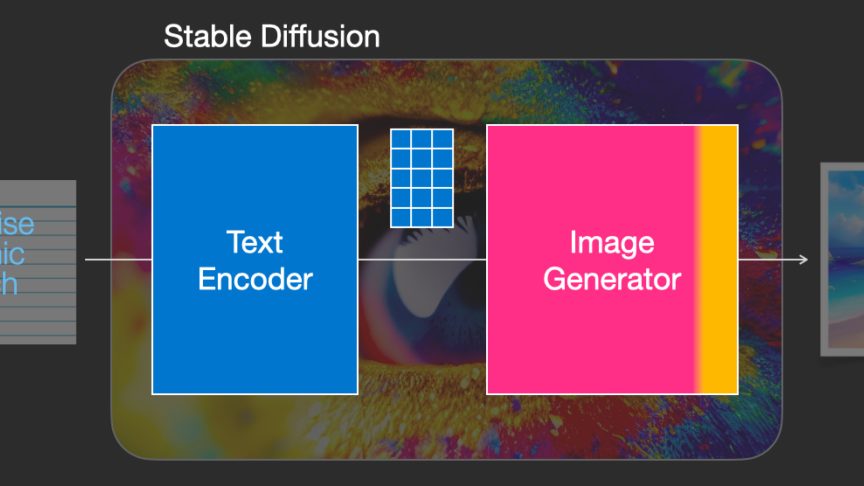Interactive paintings and animated graffiti: Turning art into a digital portal
April 16, 2015
Interactive paintings and animated graffiti: Turning art into a digital portal

Pete Boyles, above, is Blippar’s Partnerships Manager for Arts & Culture, overseeing all of our visual browsing platform’s early strategic movements within the space. Prior to this internal move Pete worked within the marketing team, growing the Blippar brand and community to its current 10 million users. Before joining Blippar in August 2011, Pete worked for a modern British gallery.
Here, in an article first published by Create Hub - a news site covering the use of technology within the arts, creative and cultural industries - Pete explains how Blippar is using powerful image-recognition technologies to turn all artworks - from cave paintings and French Impressionist masterpieces to modern art and graffiti - into interactive digital portals.
In today’s world, information can accessed through simple, text-based search, and websites such as Wikipedia offer vast quantities of material on any topic imaginable. But how do we determine quality from spam? How can our search results be more expertly curated? And could this information be both sought out and delivered more visually, enabling us to browse the world using, arguably, our most powerful sense – sight?
Image Recognition and Augmented Reality
Exciting developments within image-recognition and augmented reality mean mobile technology is now capable of recognising the entire world and instantly delivering relevant content. At Blippar we see this proving invaluable within arts and culture. After all, visitors now stroll around galleries and museums with a smartphone tucked in their pocket - wouldn’t it be useful if artists, curators and marketing teams could embed all their exhibits with educational, entertaining and valuable digital experiences, which viewers could extract using these very devices?

Art attack: We worked with Art Everywhere US, making thousands of prints reproduced across the States blippable
Pure image-recognition technology requires neither QR code nor special mark to turn an image into an interactive mobile experience, meaning artworks throughout history - from cave paintings to Rembrandt’s masterpieces – can be recognised by the tech simply by ‘looking’ through a mobile device; no tags need to be added that would deface the work.
Blipping a Painting and Learning about its History
Upon blipping a painting - simply by looking at it through the Blippar app - a visitor might learn more about its creation, explore the artist’s history, be offered videos or audio guides created by the exhibition curators, or be directed to similar cultural institutes nearby. All valuable experiences, but this isn’t where the possibilities end.
Imagine blipping a damaged painting to watch its restoration on the screen, or to gain a clearer understanding of the techniques employed by Renaissance artists through step-by-step reconstructions of their art. The opportunities are limited only by the creation of contextual content, which often already exists, gathering dust in digital archives.
Augmented Reality as an Artistic Opportunity
In terms of opportunities available to the modern-day artist…. this is where the real fun begins. Augmented reality lets the artist extend their work beyond the canvas; when the tech becomes a core part of an artwork’s creation, you can see the most beautiful applications. Platforms now exist – including our own DIY blipp-building tool Blippbuilder – that empower even the most technophobic artist to create digital extensions of their physical art.

Blipping beautiful: Scarlett Raven's Remembrance Day painting turns, upon blipping, into a short film about the work's creation
We worked closely with a young artist named Scarlett Raven who was commissioned to create a painting for the Royal British Legion for Remembrance Day. She took over 3000 pictures of her work throughout its creation, and then stitched the stills together to build a short film. Upon blipping her final piece (see image above) the video skips back through time, showing its many different layers, resulting in something beautiful, insightful, educational, exciting, and technically very feasible.
Our recent collaboration with the Museum of Liverpool and B3Media enables visitors to blipp large-scale photo portraits (see image below) to hear more about the lives of their subjects. Theinteractive exhibition, L8 Unseen, features twenty photographs of people who have lived in Liverpool, and whose work reflects the city's culture. Again, a very simple application providing powerful engagement possibilities.

Blipp this! One of the interactive photographs in the L8 Unseen exhibition at the Museum of Liverpool
But we have only touched upon the opportunities on offer; these are limited only by the imagination of the artist or gallery. As museums and galleries embrace technology to enable deeper forms of engagement, the possibilities to revolutionise the way content is offered within this space not only excite us, but should excite the whole arts industry.
To read Pete’s full article - plus further news features about the use of technology within arts and culture industries - visit Create Hub. To learn more about turning your art, gallery or cultural institution interactive using Blippar, contact us at info@blippar.com


